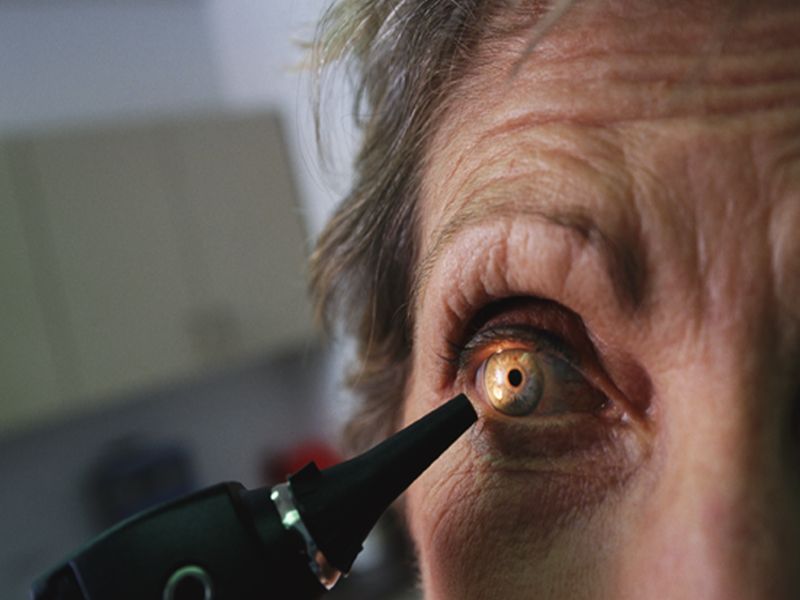
Thursday, June 30, 2016

THURSDAY, June 30, 2016 (HealthDay News) -- An implant that helps the aging eye focus on small print and nearby objects has been approved by the U.S. Food and Drug Administration.
The implant is placed in the cornea (the clear, front surface) of one eye in people with presbyopia, an age-related loss of the ability to change the focusing power of the eye.
"Given the prevalence of presbyopia and the aging of the baby boomer population, the need for near vision correction will likely rise in the coming years," Dr. William Maisel said in an agency news release. Maisel is deputy director for science and chief scientist in the FDA's Center for Devices and Radiological Health.
The implant resembles a tiny contact lens smaller than the eye of a needle. It is approved for use in people aged 41 to 65 who have not had cataract surgery, can't focus clearly on near objects or small print, and require reading glasses with +1.50 to +2.50 diopters of power, the FDA said. But these patients do not need glasses or contacts for long-distance vision.
To implant the device, an eye surgeon creates a flap in the cornea of the patient's non-dominant eye with a laser, slides the device into the opening, and puts the flap back in place.
"The Raindrop Near Vision Inlay provides a new option for surgical, outpatient treatment of presbyopia," Maisel added.
This is the second FDA-approved cornea implant for correction of near vision in people who have not had cataract surgery, and the first implant that changes the shape of the cornea to improve vision, according to the news release.
The FDA's approval of the Raindrop implant -- made by California-based Revision Optics, Inc. -- is based on a clinical trial of more than 300 patients. Two years after receiving the implant, 92 percent of the patients were able to see with 20/40 vision or better at near distances with the implant, according to the FDA.
The implant can cause or worsen problems with glare and halos, the FDA added. And there is a risk of developing infections that may cause complications of the cornea, such as corneal scarring, swelling, inflammation, thinning, clouding or melting. Some patients may require a second surgery to remove or replace the inlay, the agency said.
SOURCE: U.S. Food and Drug Administration, news release, June 29, 2016
HealthDay
Copyright (c) 2016 HealthDay. All rights reserved.
News stories are provided by HealthDay and do not reflect the views of MedlinePlus, the National Library of Medicine, the National Institutes of Health, the U.S. Department of Health and Human Services, or federal policy.
- More Health News on:
- Refractive Errors





























.png)











No hay comentarios:
Publicar un comentario